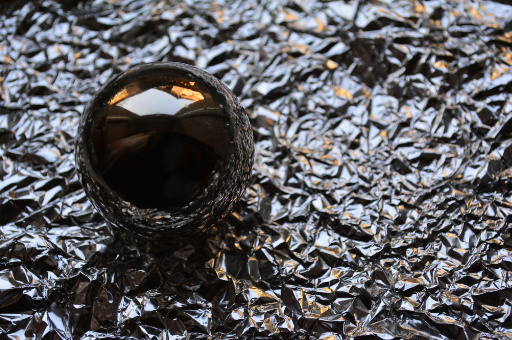
 Home > News
Home > News
AISI1010-1015 steel balls typically exhibit a Rockwell hardness ranging from HRB 60 to HRB 85, depending on carbon content, processing methods, and heat treatment. The higher the carbon content, the greater the potential hardness after heat treatment. However, these steel grades remain relatively soft compared to high-carbon or alloy steels.
· Lower Hardness (AISI1010-1012, HRB 60-70): These softer steel balls are more prone to wear and deformation under continuous stress, limiting their use in high-load applications.
· Higher Hardness (AISI1013-1015, HRB 75-85): Increased hardness improves wear resistance, making these balls more suitable for applications requiring prolonged service life, such as certain bearing and conveyor systems.
· Softer steel balls absorb impact better but deform more easily, reducing their effectiveness in heavy-load applications.
· Harder steel balls withstand higher loads but may be more brittle under extreme impact conditions.
· While hardness affects mechanical properties, it has minimal direct impact on corrosion resistance. However, softer steel balls may develop surface defects more easily, accelerating corrosion in humid or acidic environments.
· Softer AISI1010-1012 steel balls are easier to machine and form, making them ideal for applications where precision is not a top priority.
· Harder AISI1015 balls require additional processing, such as carburization, increasing manufacturing costs but enhancing performance.
· For light-duty applications (e.g., casters, low-load bearings): Lower hardness (AISI1010-1012) is often sufficient.
· For medium-duty applications (e.g., bicycle hubs, conveyors): Moderate hardness (AISI1013-1014) balances performance and durability.
· For higher-load applications (e.g., automotive components, industrial machinery): AISI1015 steel balls with higher hardness offer superior wear resistance and longevity.
The difference in hardness between AISI 1010 and 1015 low carbon steel balls plays a significant role in mechanical applications. This variation influences important factors such as wear resistance, load-bearing capacity, and overall durability. By carefully selecting the appropriate hardness level, you can ensure optimal performance while also balancing cost and efficiency for various industrial uses.
View More(Total0)Comment Lists